First port of call as we arrived back on the main island of Honshu was the city of Hiroshima. Known the world over for that fateful day on August 6, 1945 when the first atomic bomb was dropped, it has since grown into a thriving and vibrant city ( if you have a Mazda car, they are made here ).
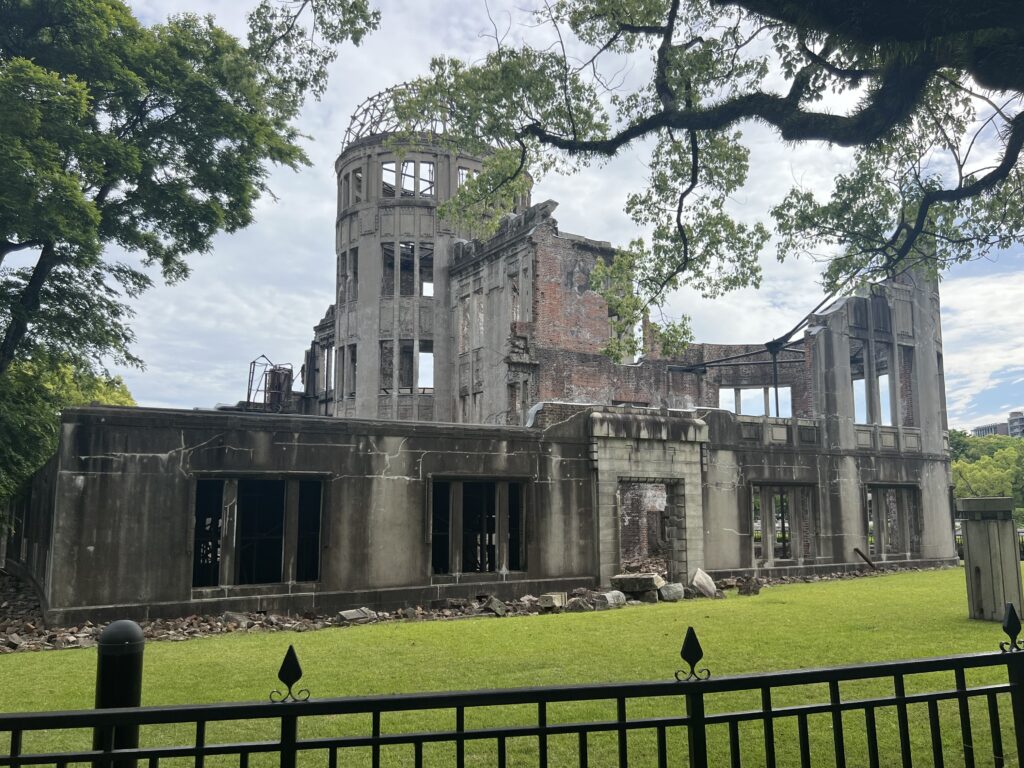
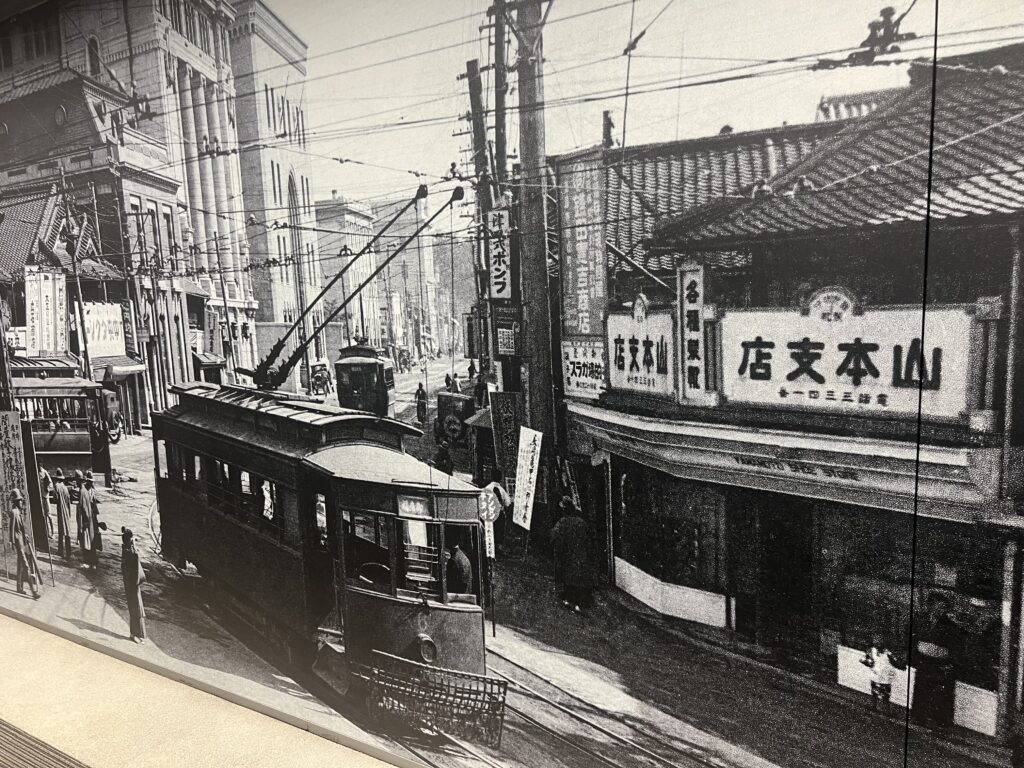

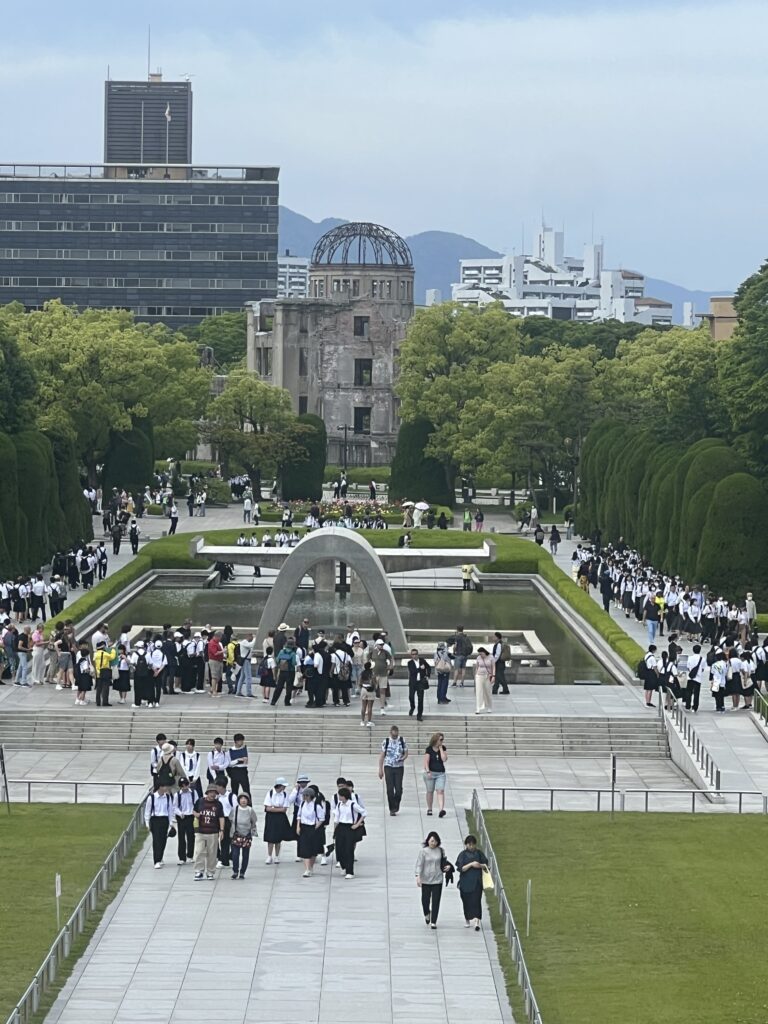
Despite the attractions of nearby Miyajima and other area sites it’s the very well done Peace Museum that brings visitors in droves – it was absolutely packed the day we were there but it’s extremely well organized and they can handle the crowds easily. We noticed it’s been updated and expanded over the years and there are a few displays we noticed this time that we’ve never seen before. It really is an eye-opening experience to visit this site. We always leave with a little prayer, in the hope that the world never sees another city hit with an atomic bomb.
Nearby Miyajima Island is known for the beautiful orange/red Tori gate that sits just offshore and is possibly the most photographed subject in Japan – well, right up there with Kinkaku-ji anyway ! The island is very pretty with quaint stores and has a very interesting history.
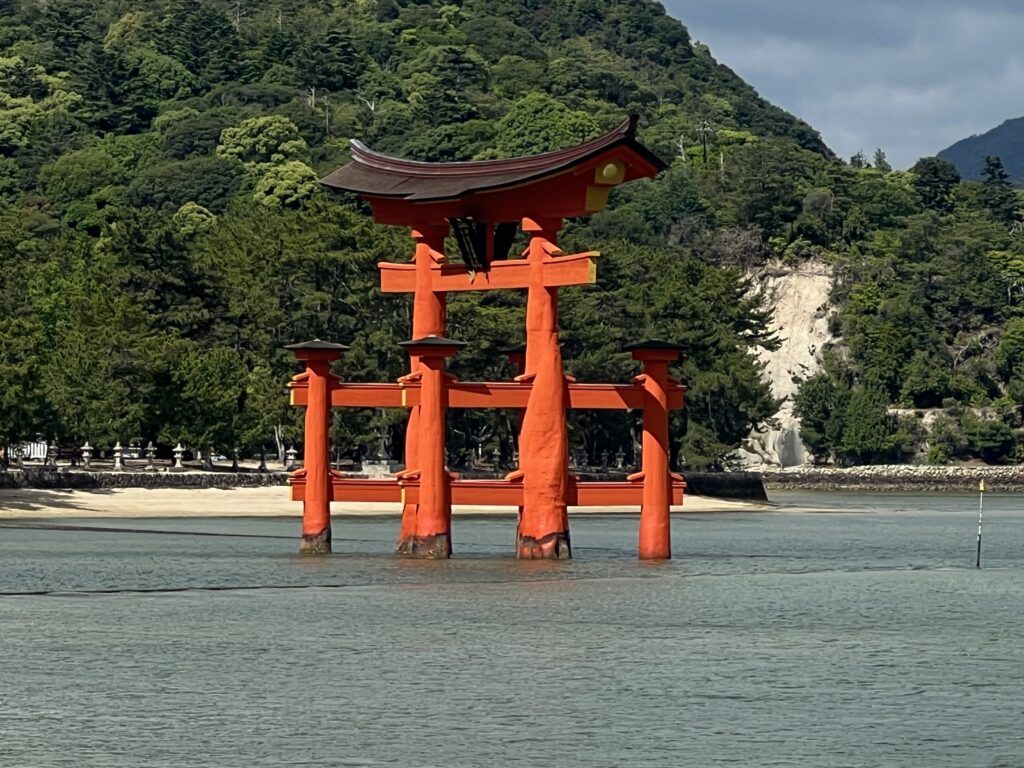
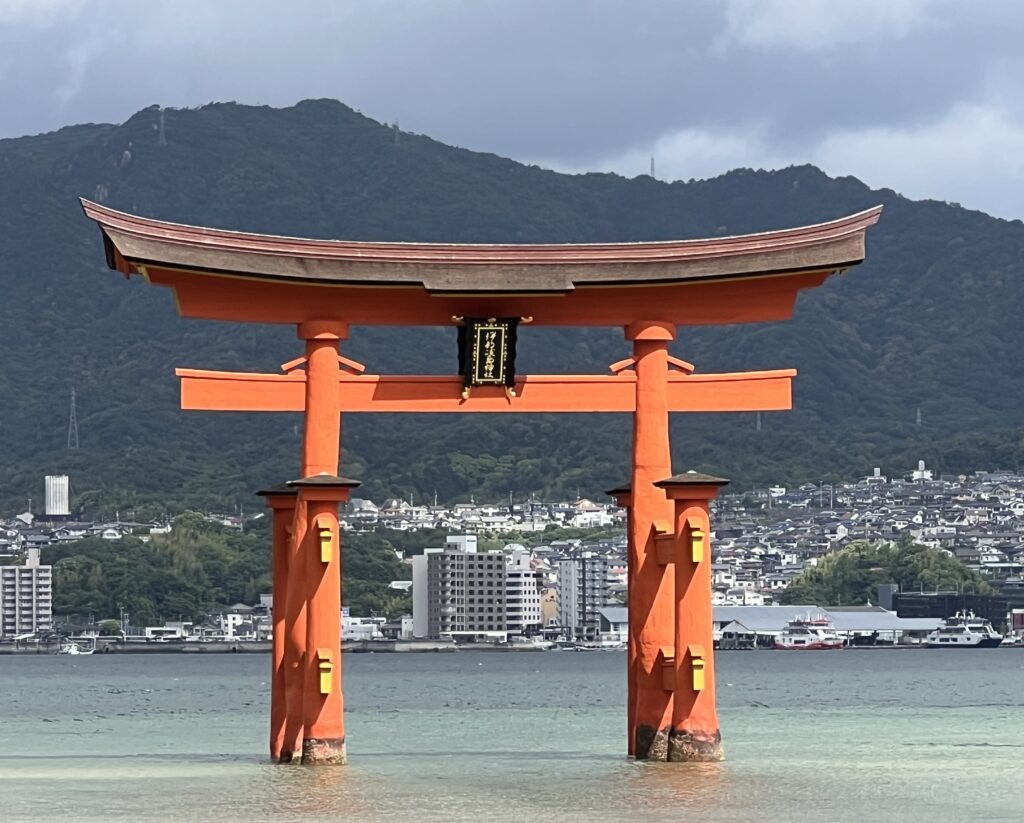
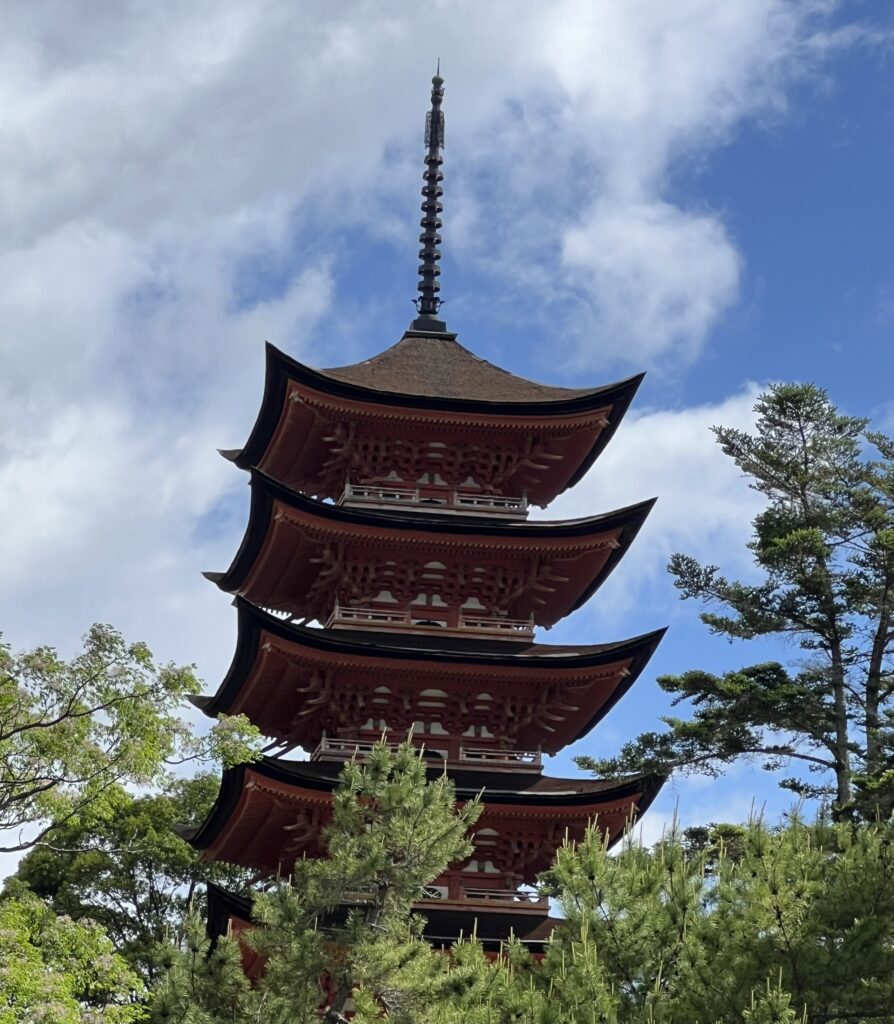
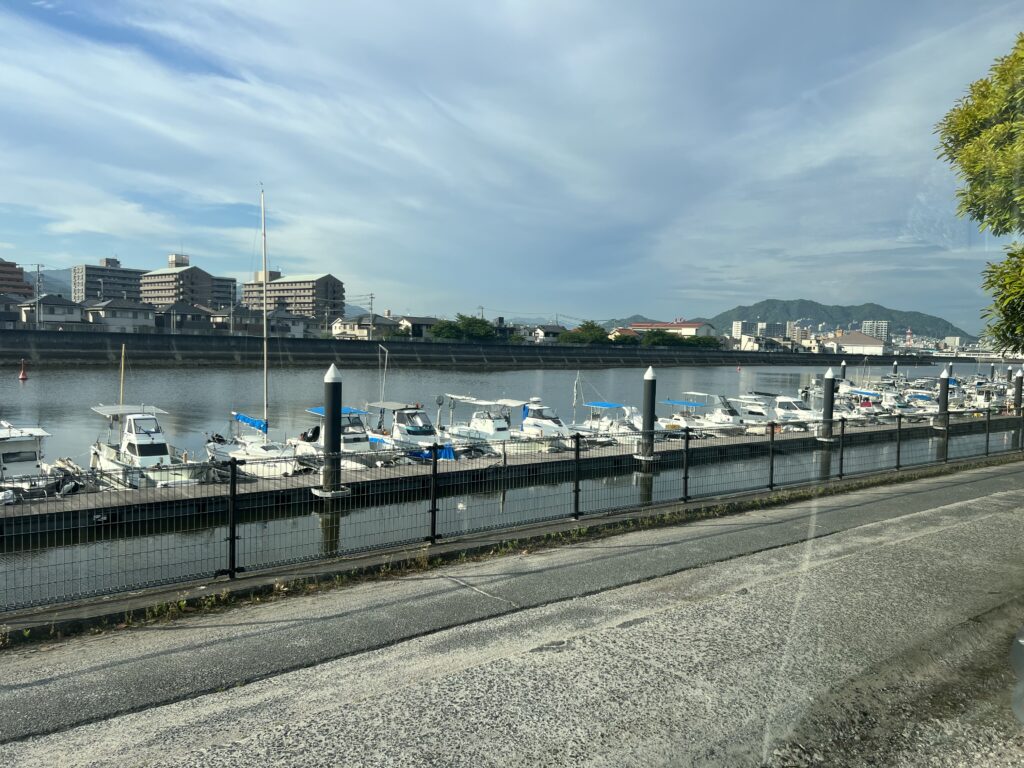
From Hiroshima, our travels took us back in an easterly direction along the very congested, southern shore of Western Honshu, basically following Route 2 all the way to Japan’s most famous, and indisputably most beautiful, castle in the city of Himeji. It’s the kind of castle that just captivates you at first glance and is immaculately well-maintained throughout. Predictably it was a very busy day there, and once again, we were astounded by the number of ( obviously ) foreign tourists we saw – literally as many foreigners as there were Japanese. Added to the appeal of Himeji was the fact that it was an absolutely perfect day to enjoy it and photograph it.
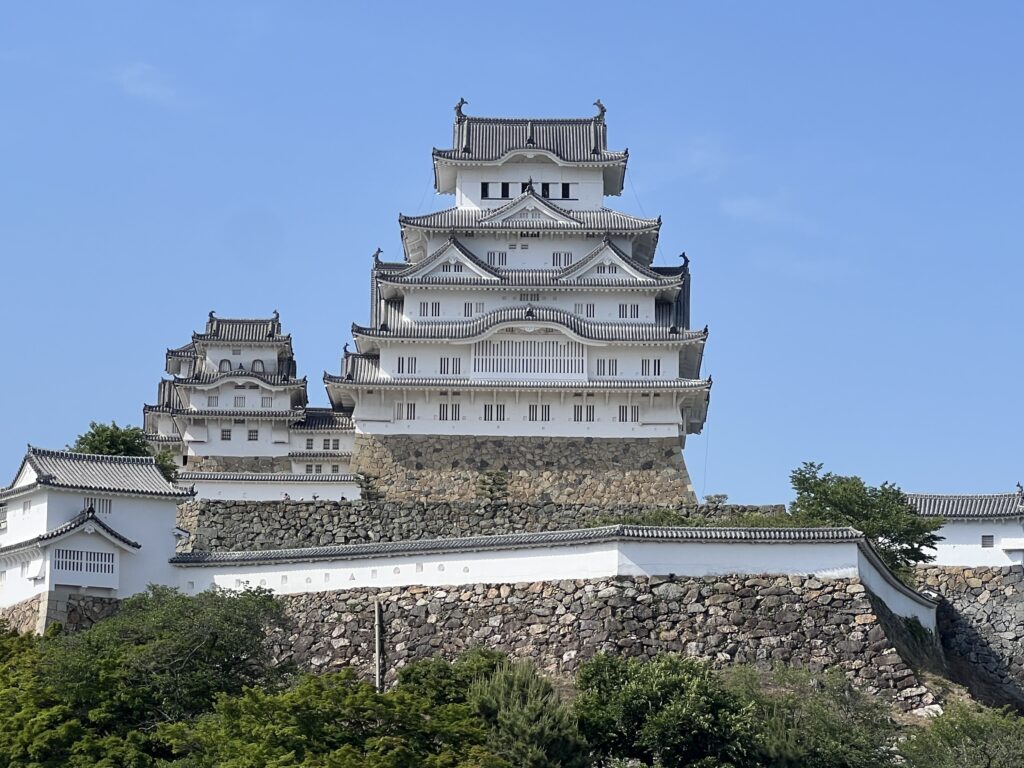
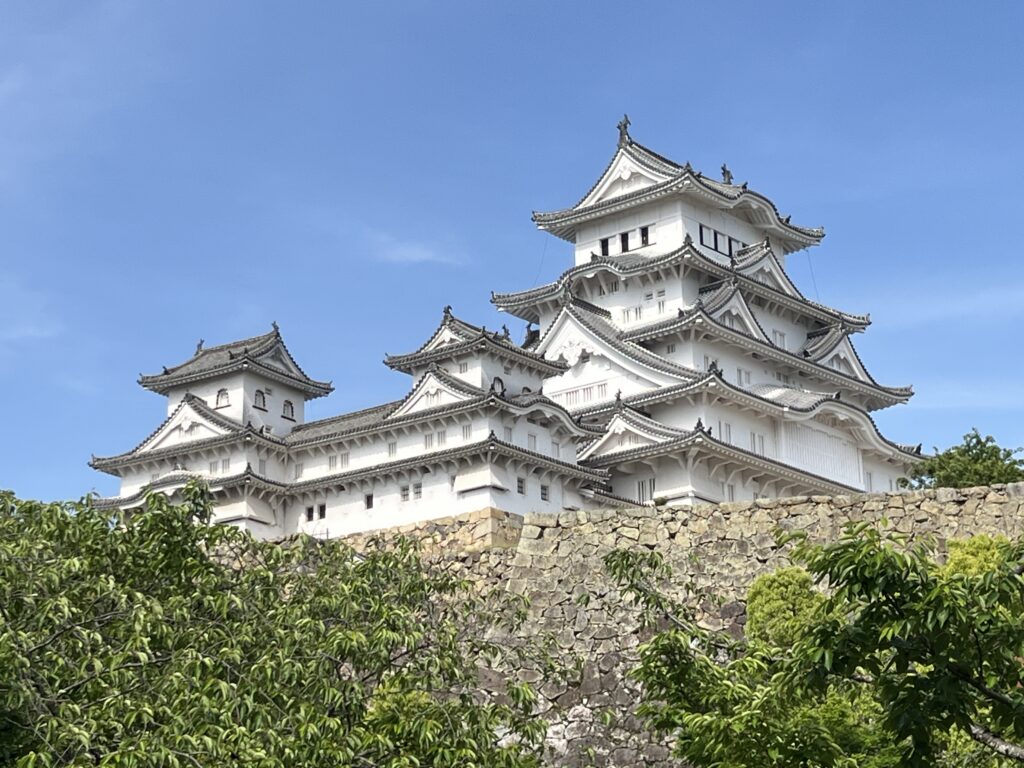

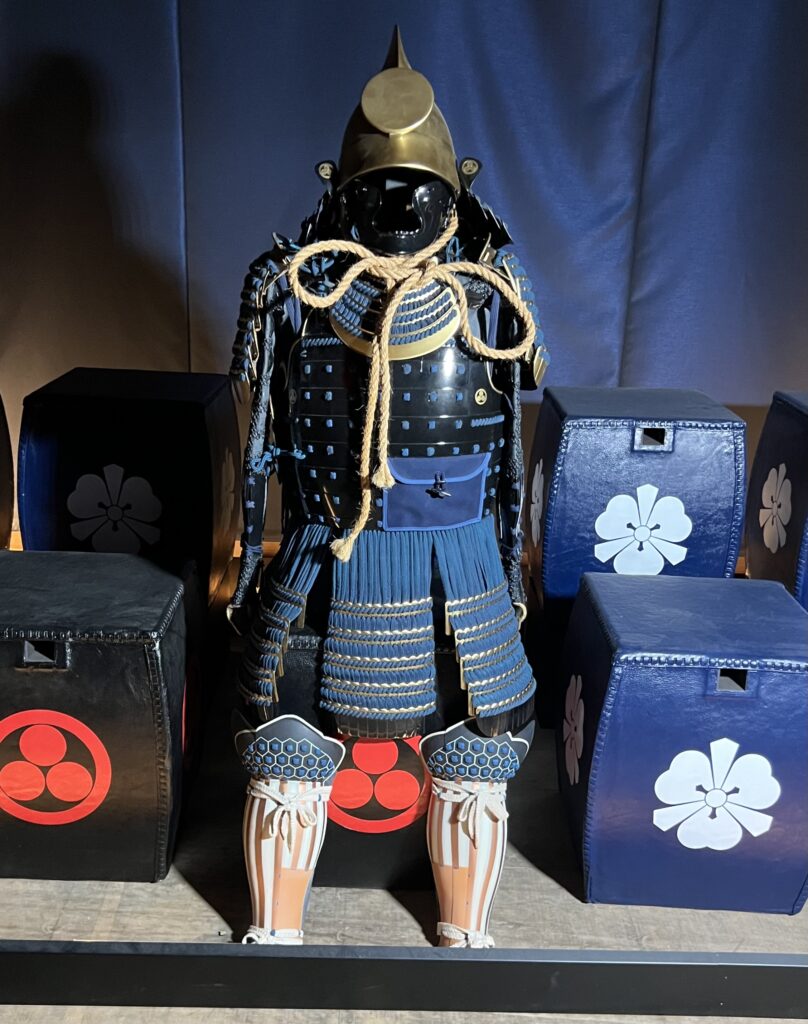
Kurashiki, a small city just east of Himeji, is renowned for its well kept village area, so we made time to explore it – embarrassing to say it’s less than an hour from Kobe and we’d never visited during our time living here. Well worth a stop…!
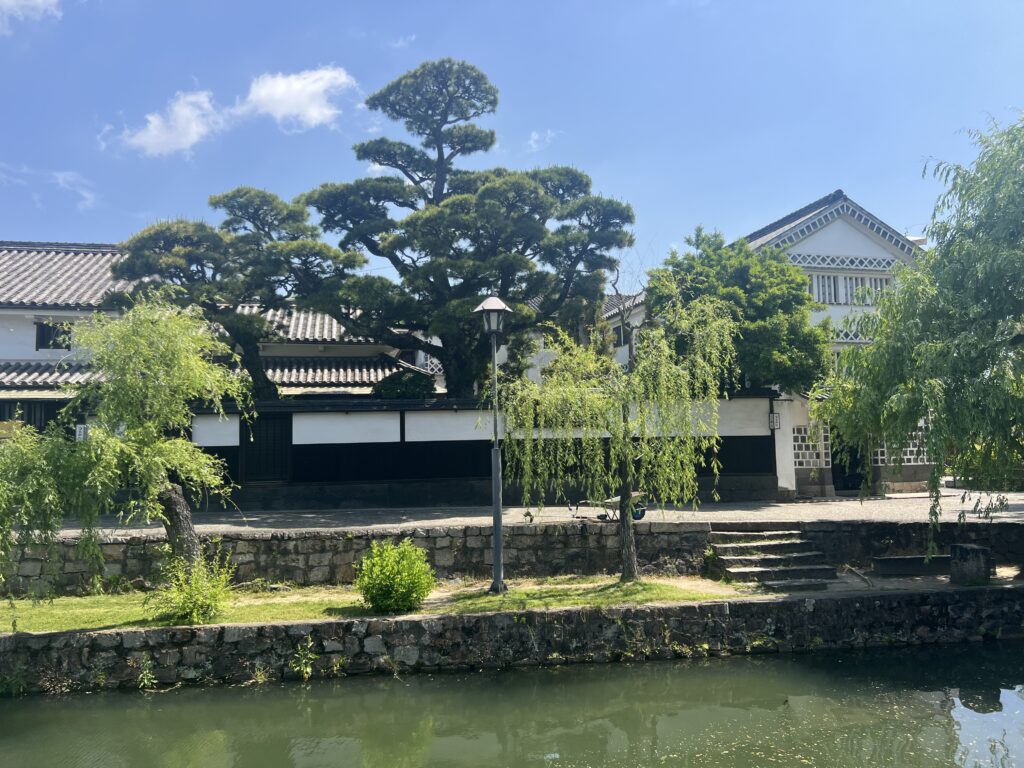
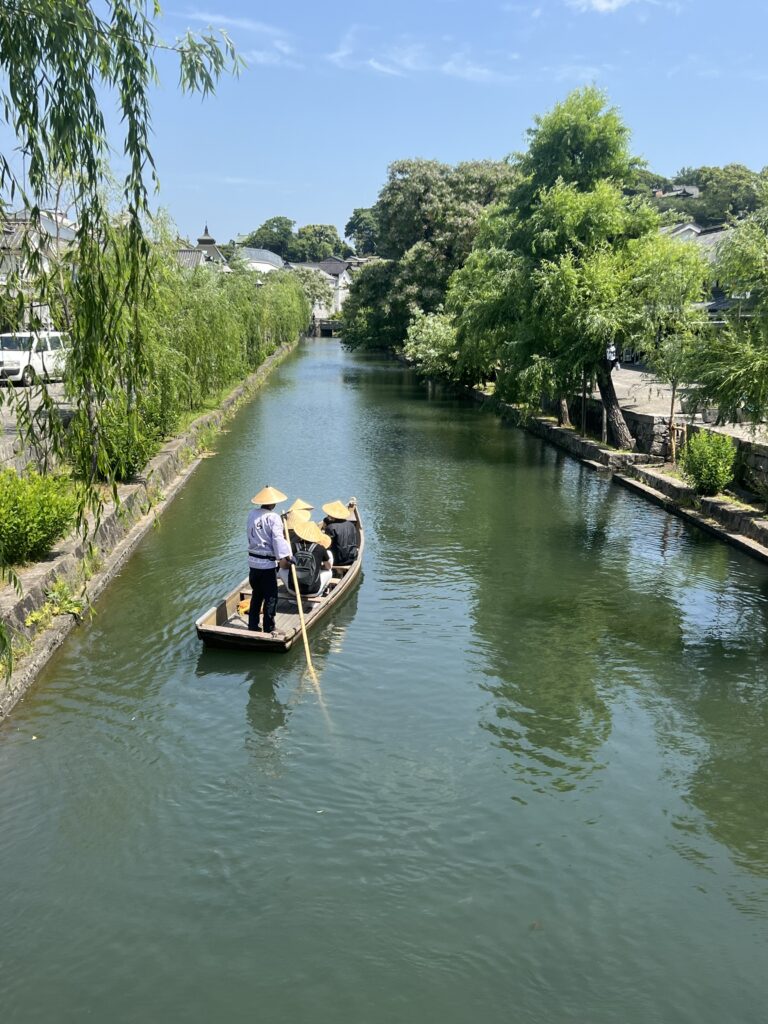
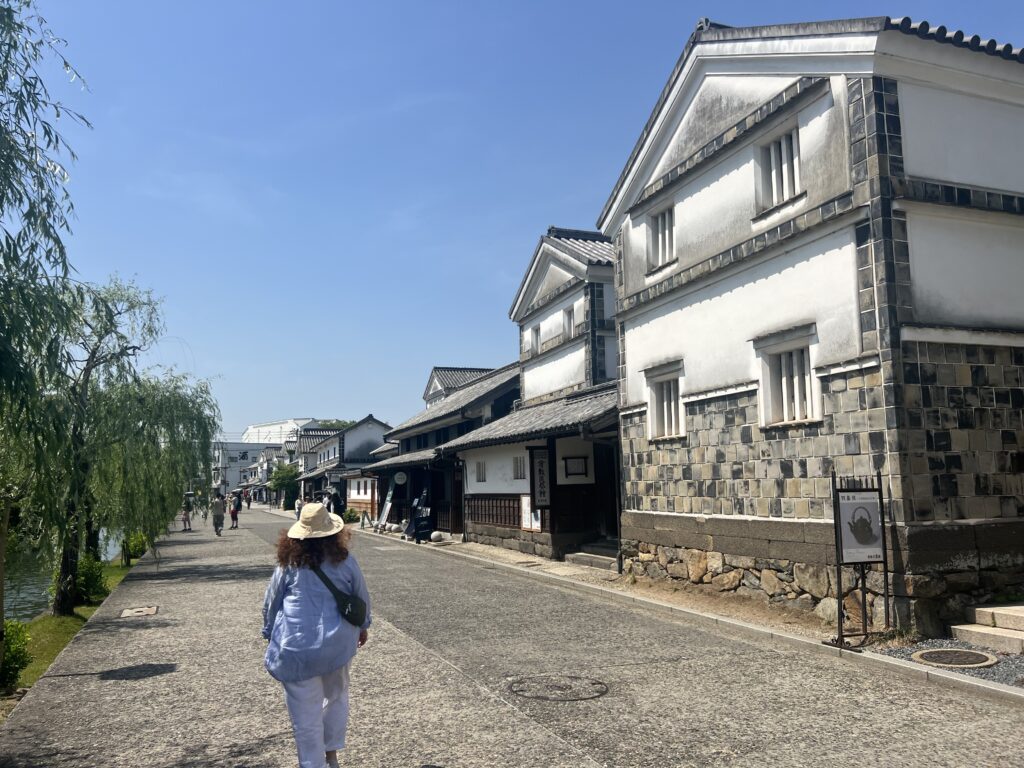
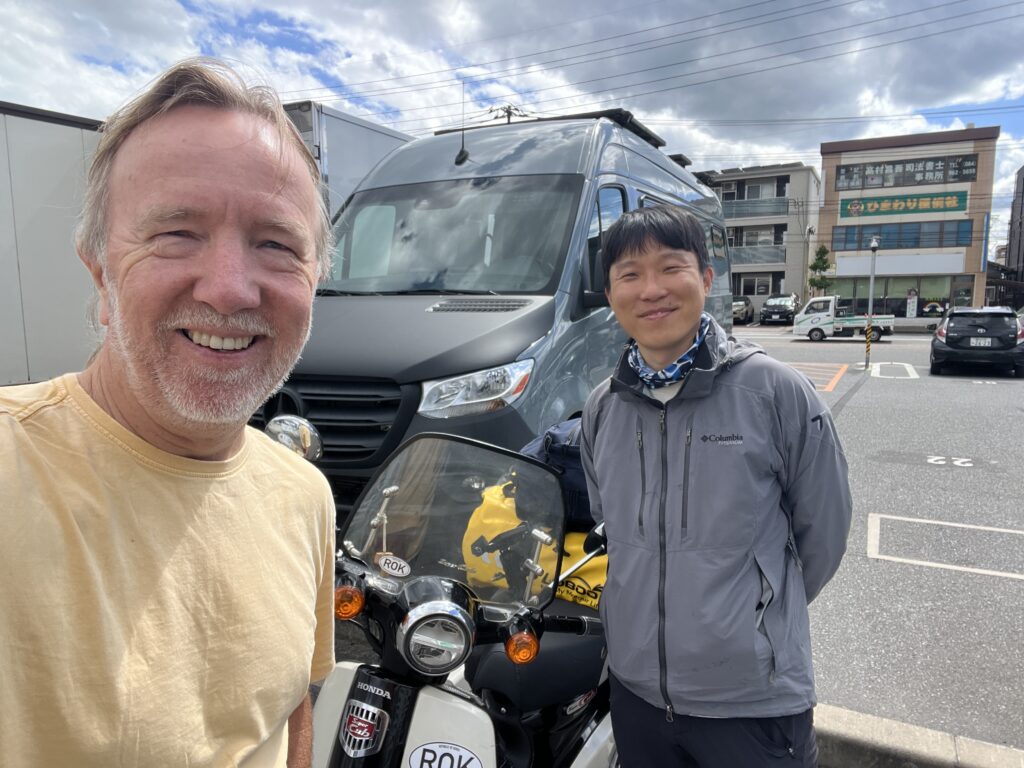
Fortunately, since our last ( flying ) visit we’d sorted out some longer term parking in Kobe ( so we could stay a while this time ! ). In so doing, we sort of “killed two birds with one stone”, as it were. During the last blog, I mentioned that our inquiries about a Japanese visa extension got us nowhere while we were in Shikoku, so it was time to look at a “plan B”. A short return trip outside the country would restart our 90 day visa. While we feel three months will be an adequate amount of time to explore all that we want to see in Japan, we cannot count on a ship being available for our vehicle exactly when our travels finish. That could take some weeks, so we definitely needed a little more time in the country. Parked up at Kobe airport ( which allowed us time to revisit the city), it was an easy and quick 90 minute flight to Seoul – and very nice to have a wonderful night there in a nice hotel. Back in Japan the next day.
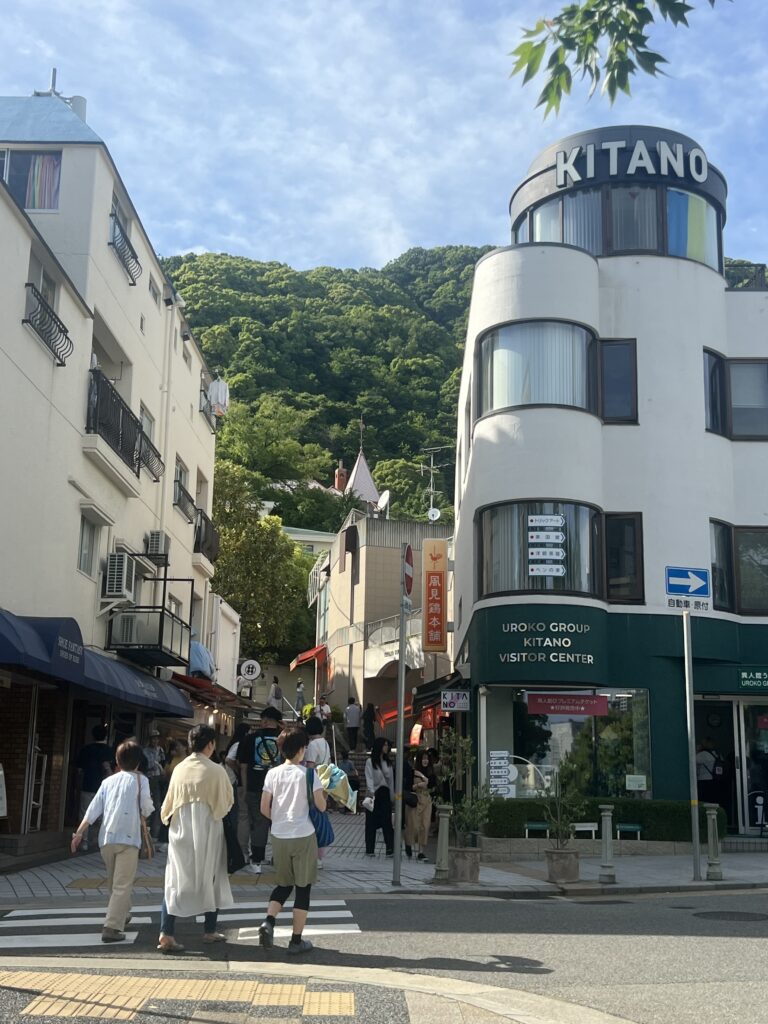
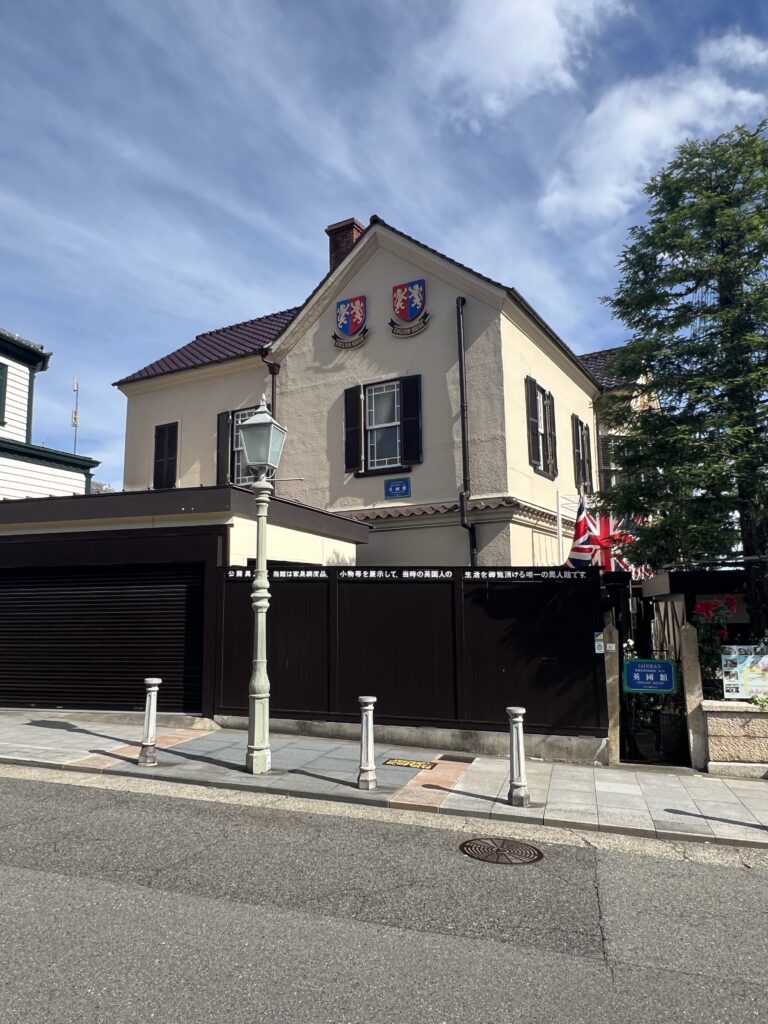
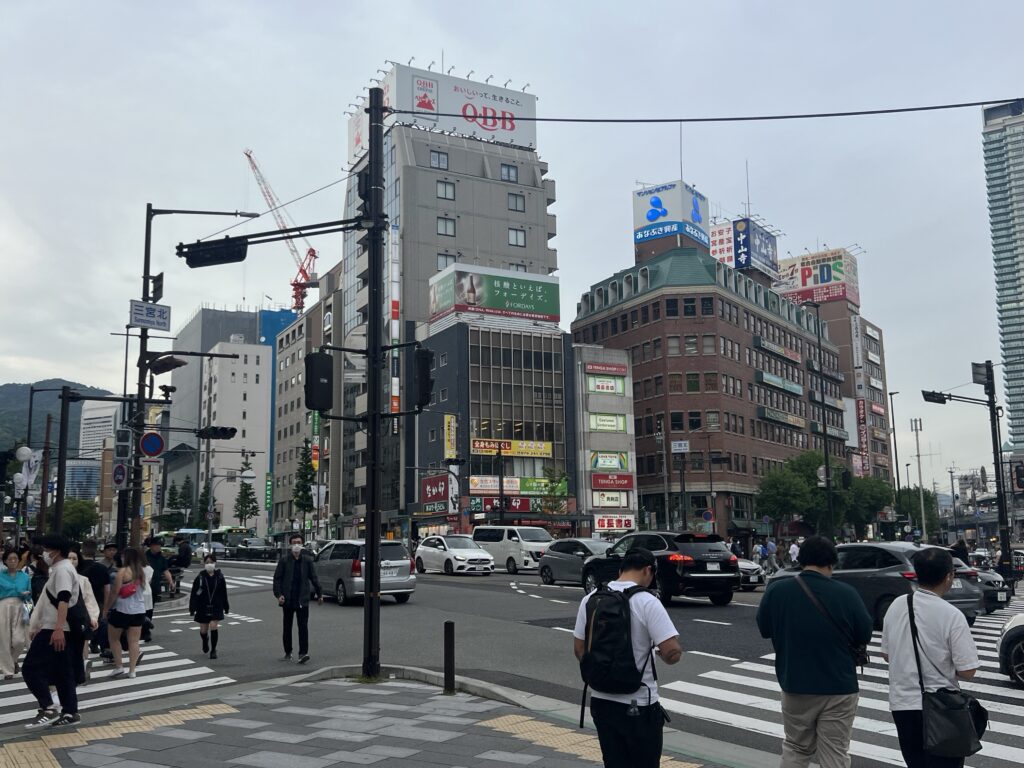
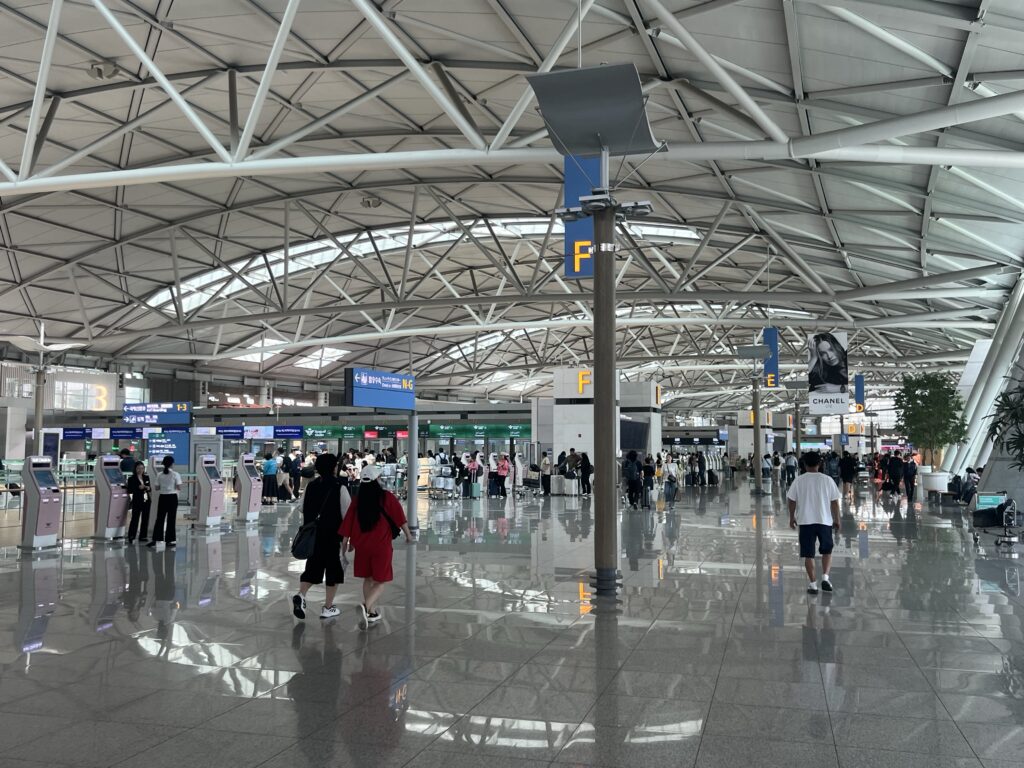
On the road again, our final destination for this week was Kanazawa. Located on the Sea of Japan side of Honshu, and right at the base of the Noto Peninsula, Kanazawa is home to what is widely considered Japan’s most beautiful Japanese garden – KenRokuen. Indeed, the garden is spectacular and we’d have to agree with the Lonely Planet author’s assessment, placing it just above Ritsurin Park in Shikoku. Splitting hairs, though, I suppose – both are pretty awesome !
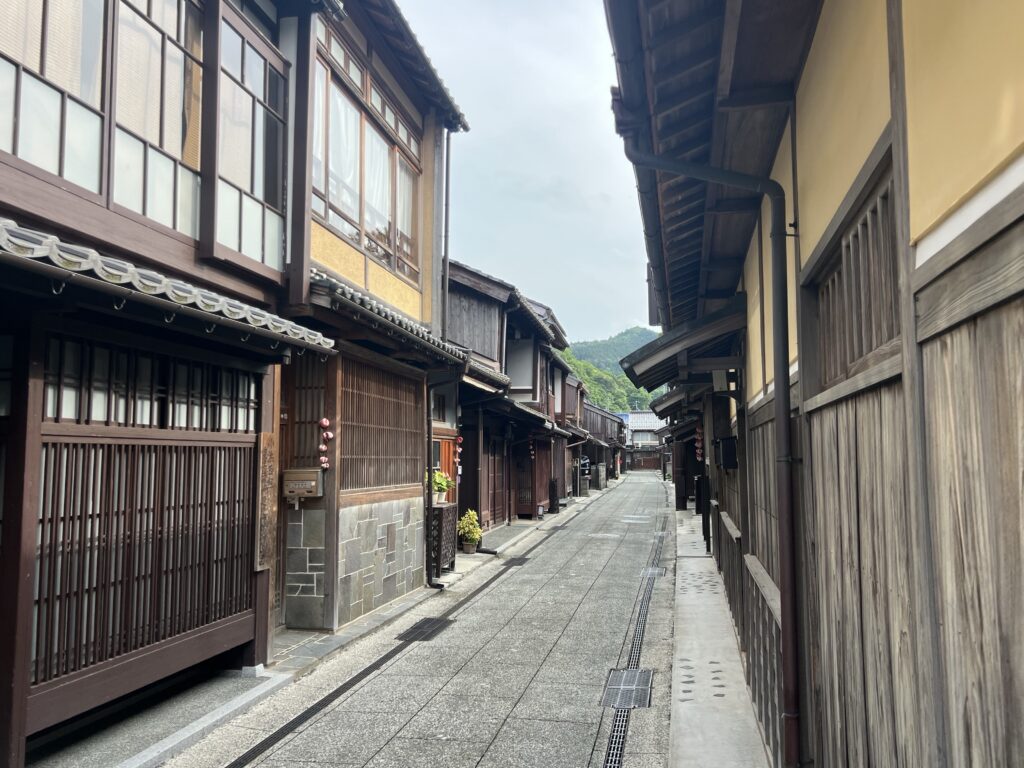
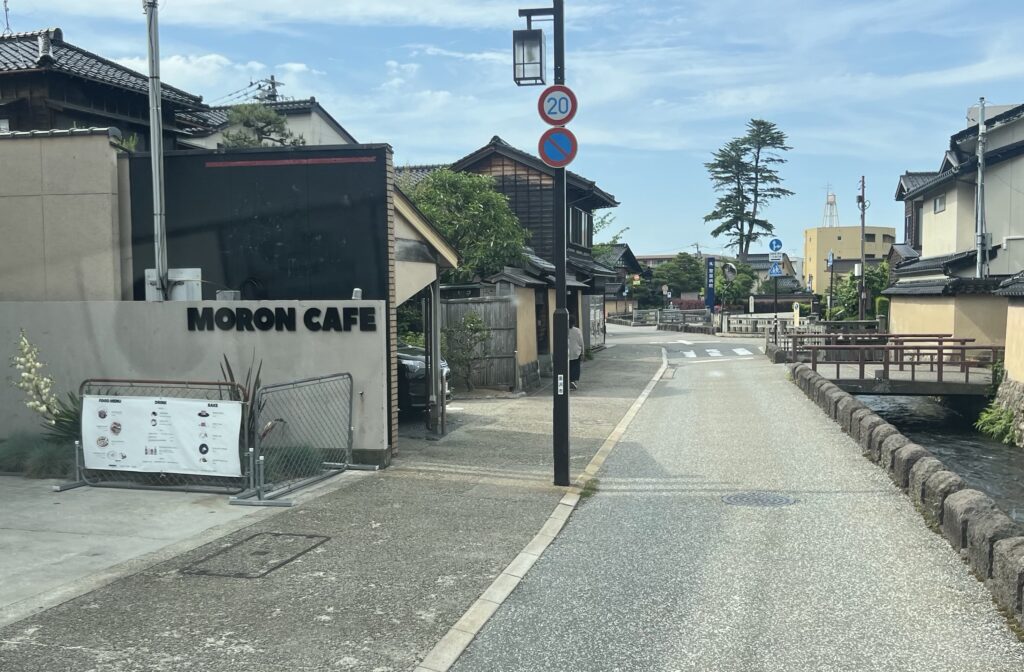
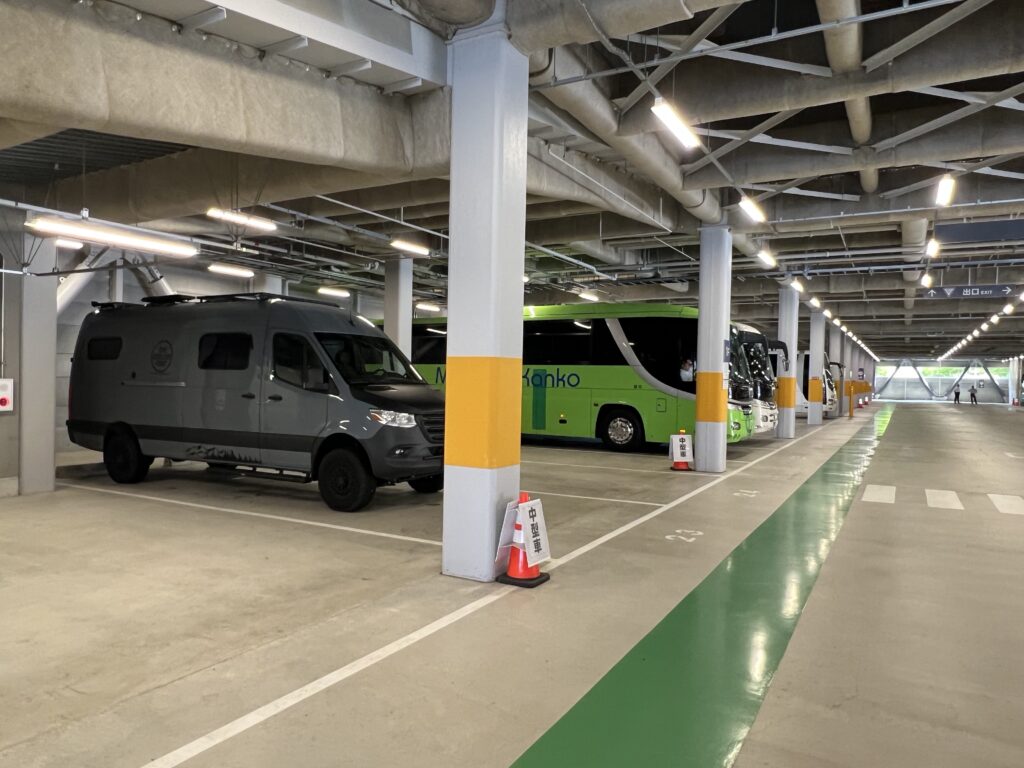
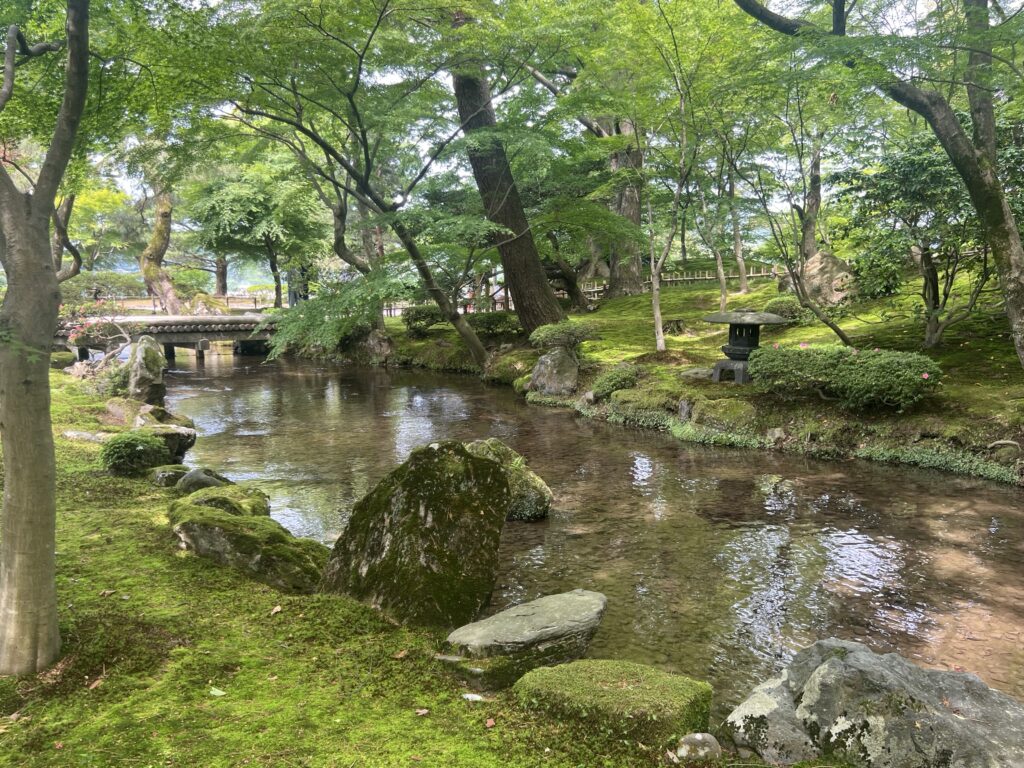
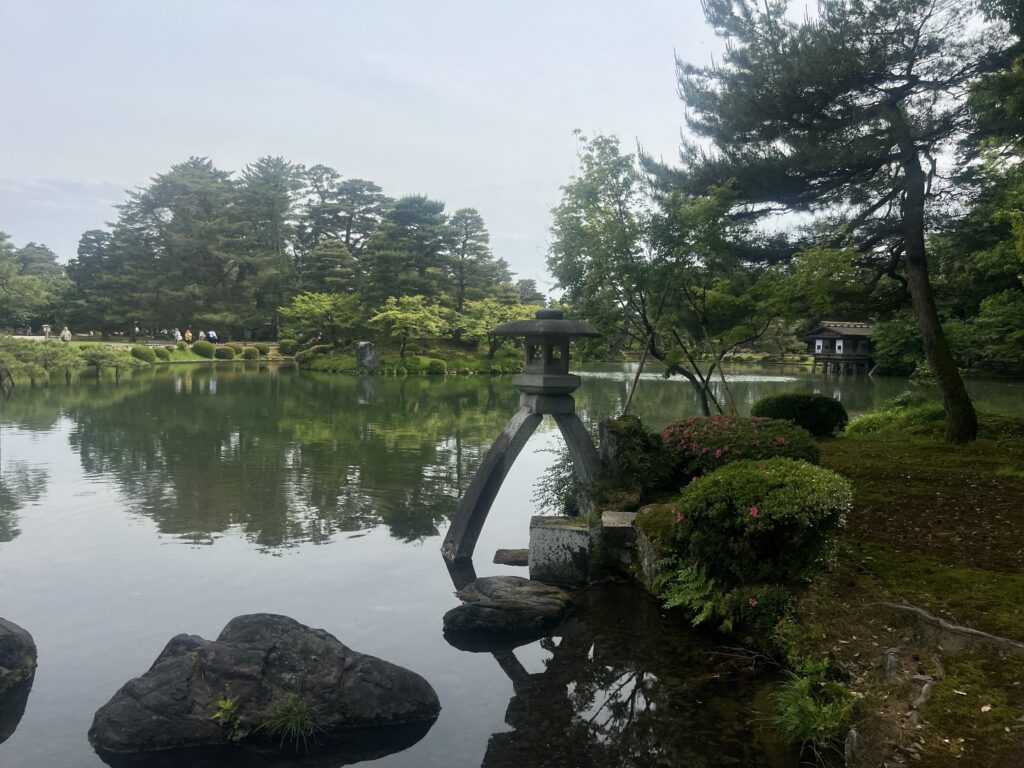
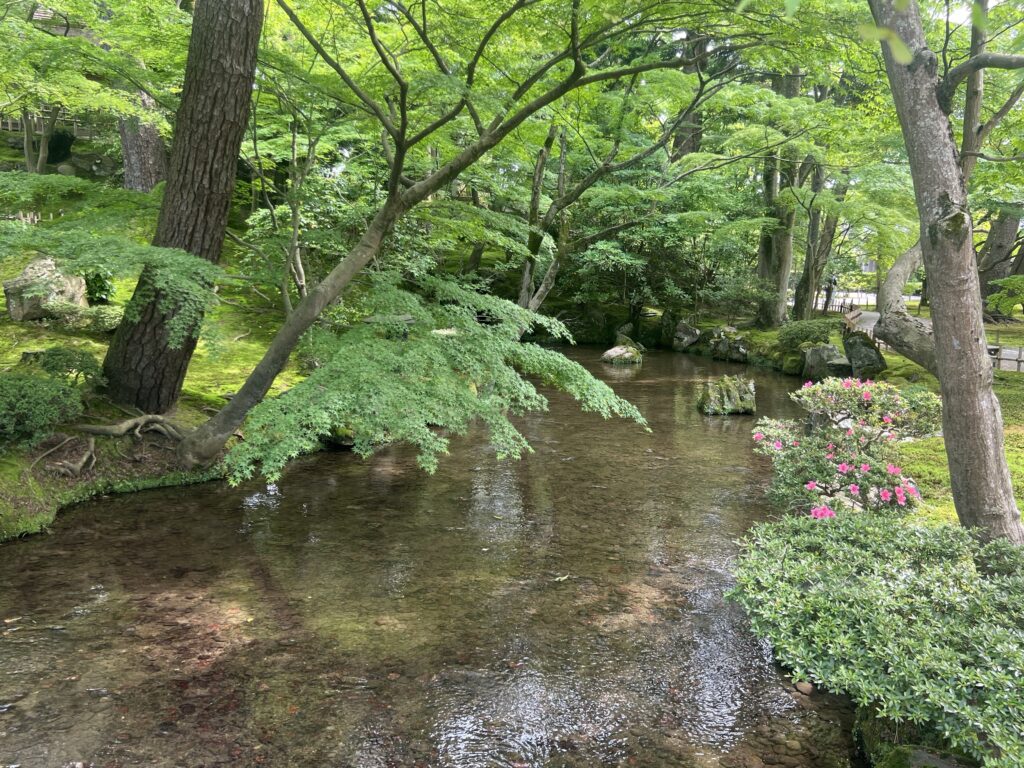
And a video snapshot of last week. Enjoy…..
Till next week …..

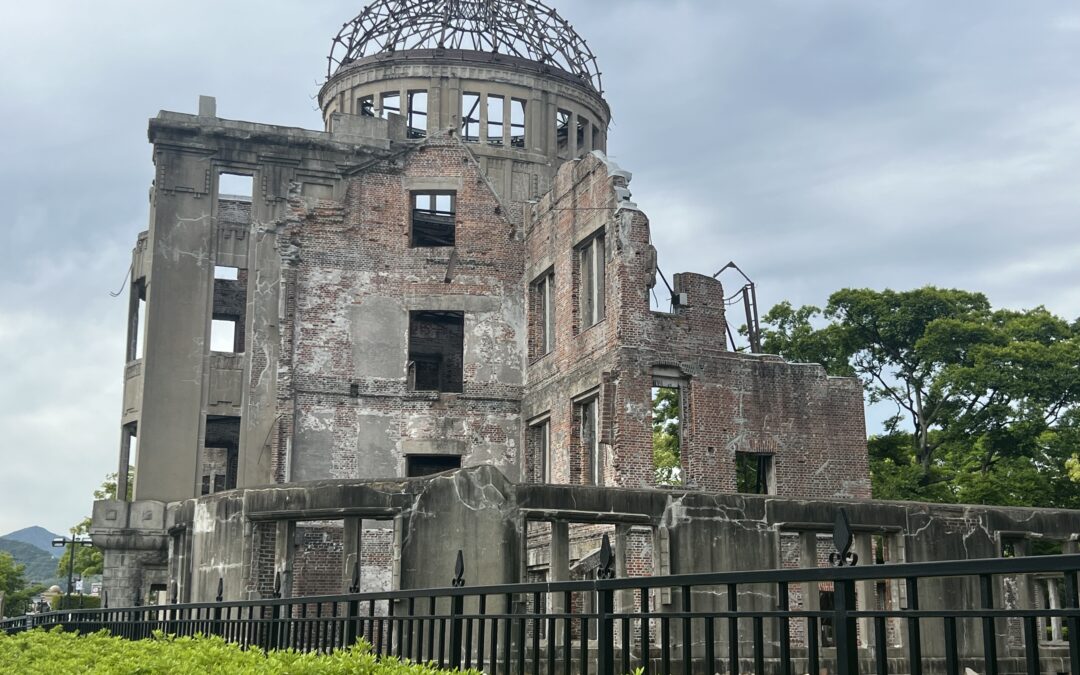
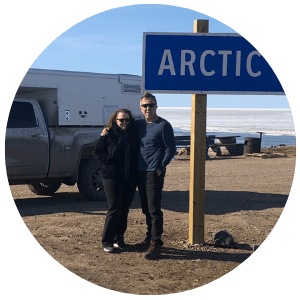
I like the video snapshot of your week. You two have been busy.
Yes, we are always busy here – tossing in the trip to Seoul made it a very full week .!
The moron cafe! I love it! Has there been any food adventures?
Yes, we thought that cafe deserved a mention, lol ! Been trying the typical Japanese things ( food and drink ) – working our way through that huge sake bottle ( gift ). And, while one certainly doesn’t come to Japan to sample pizza, we had a most delicious thin crust pizza last night that was very memorable….!
Beautiful place.
Yes, Lois and I were commenting that it’s one of those rare places where, when travelling, almost every day you are looking at something beautiful. Postcard-like quite often…😊
I look forward to your reports every week. I wish you the best!
Thank you Shige – we enjoy doing them. Japan is amazing 😊.
Look forward to each weeks adventures wishing you the best and safe travels
Thanks, Greg – nice to have you along with us, glad you are enjoying the blog…!
another amazing week you’ve had. I’m reading this June 6th D-day and after listening to the stories out of France today and then seeing your photos of Hiroshima and the Hiroshima Peace Park. Time for pause. Glad to hear that the place was packed. Lest we not forget!
ps love the music
Hi Ollie,
Yes that’s a pretty big anniversary re D Day. So few of those boys left now, sadly.
A Bomb museum is actually almost numbing. Frightening to think it could ever happen again – I sure hope not.
Glad you liked the tune but I need another koto or shamisen track ( change it up lol ! ). Hi to Keith !